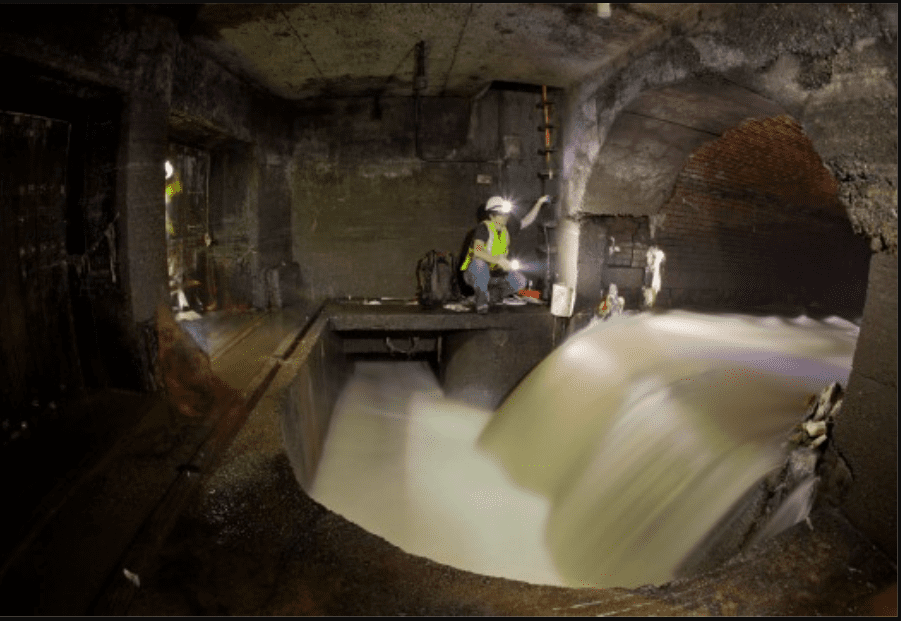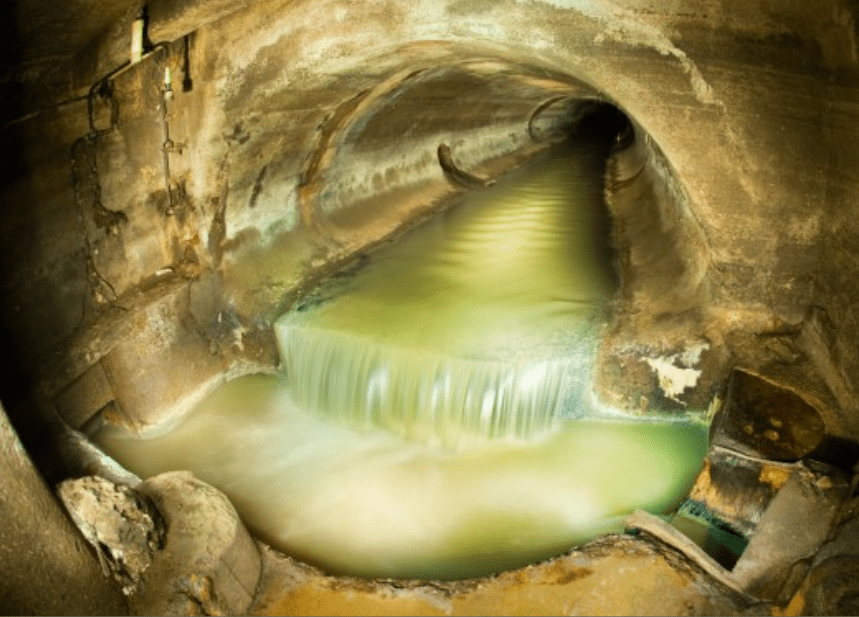The development of New York City, particularly Brooklyn, is directly connected to the freshwater beneath it as well as the seas that surround its shores. When the Dutch took over New Amsterdam in the 17th century, they had easy access to drinking water thanks to a network of public wells, which they continued to use until the nineteenth century. However, the method was far from flawless. Water was polluted, and contaminated water made health issues more common. As a result, trade moved to Philadelphia, where the water was cleaner and under pressure. Learn more about the development of the water supply system in Brooklyn at brooklyn-future.
Manhattan’s Experience

In the early nineteenth century, Aaron Burr established the Manhattan Company, promising to deliver water from the Bronx River to Lower Manhattan. However, his company didn’t really fulfill its commitments. Burr ultimately decided to build a considerably smaller system around Fresh Water Pond in Lower Manhattan. This private corporation failed to perform its duties, instead creating a more profitable banking sector for itself.
In 1835, New York City officials recognized the need for a system that would better serve the population and opted to create the Croton Aqueduct system. This occurred in the year when a large-scale fire devastated 17 city blocks with no water to extinguish the flames. Since the buildings burned down, the insurance firms that covered them went bankrupt, which caused a negative impact on the economy. Despite this, construction of the Croton Aqueduct system began two years later, in 1837, which was eventually supplemented by the Catskill and Delaware Aqueducts in the twentieth century.
Ridgewood Reservoir

Okay, let’s get back to Brooklyn. The Brooklyn Common Council avoided the perils of private interests after learning from the mistakes made by the Manhattan Company. When approached by entrepreneurs offering to sell water from Williamsburg wells, taking advantage of a small company’s lack of finance, the Council seized the then-city of Williamsburg and started pumping water for itself. The city dug mile after mile to connect the well to Ridgewood Reservoir. When the water started running in January 1859, it flowed from this reservoir via Cypress Hills and into the distribution tanks.
However, Brooklyn’s transition to a larger public water supply system has not been without complications. One of the reasons for Brooklyn’s merging with New York City in 1898 was a need for more water, although it took years before the area got it.
Resiert v. The City of New York

When Brooklyn began pumping water for its people in the late 19th century, Long Island landowners found themselves lacking adequate water pressure to run their mills and irrigate their fields. Water sources important to Long Island’s economy began to dry up, sparking a public-private confrontation that culminated in Resiert v. New York. Frederick Resiert, a Long Island farmer, sued New York in 1901 after the state deprived him of access to the stream that irrigated his farmland.The court provided him with only ninety dollars to dig a deeper well. Resiert appealed the decision and won a number of cases. However, after a decade of struggle, Resiert was “torn apart” by politicians who recruited experts to prove that his statements were false. They won, and Resiert’s earlier triumphs were overturned. Although the government of New York City won the case, it was clear that Brooklyn’s water needs had grown too much. In 1917, Brooklyn acquired full access to New York’s water supply systems.